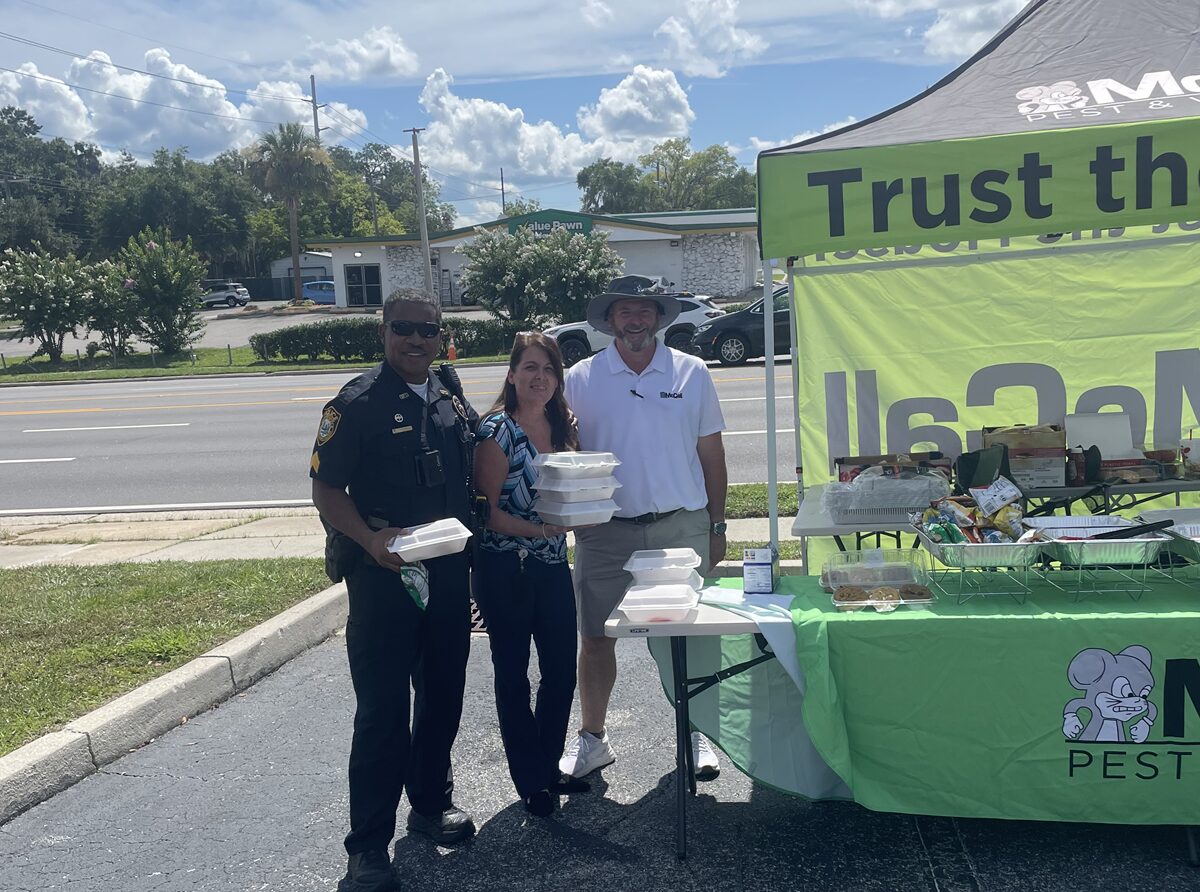
McCall’s Ocala, FL Office Hosts First Responder Cookout for Local Heroes
The cookout marks the local Ocala pest control provider’s first ever first responder cookout in the area. The Ocala, FL

The cookout marks the local Ocala pest control provider’s first ever first responder cookout in the area. The Ocala, FL
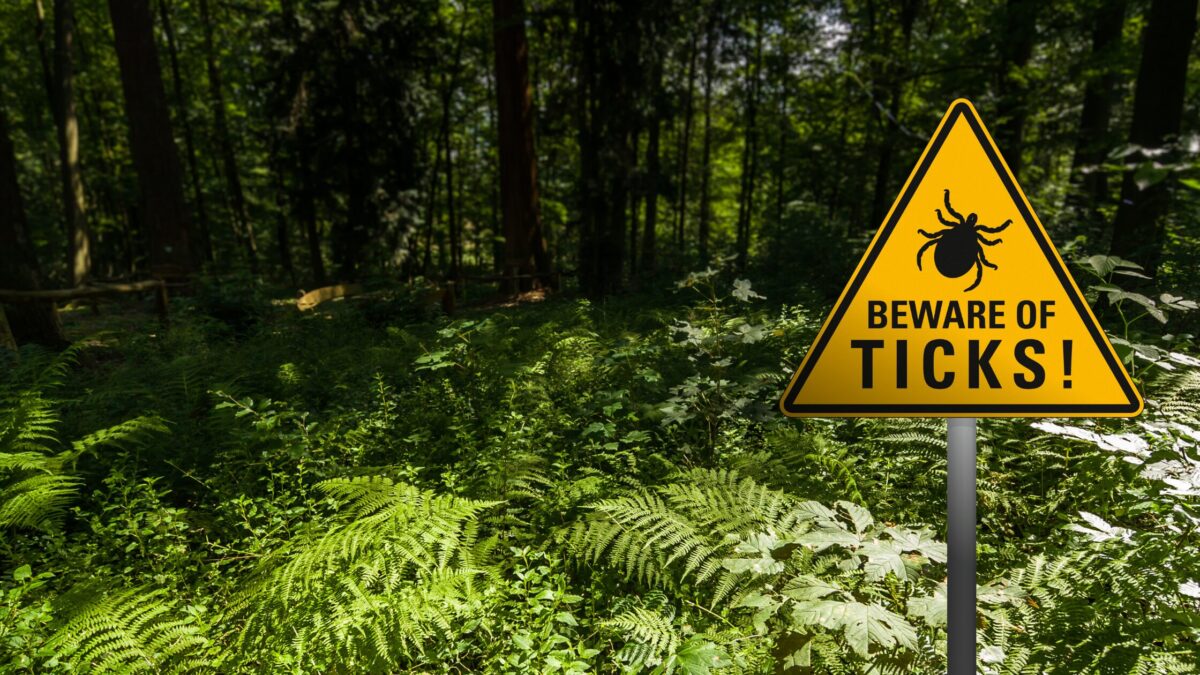
Orlando’s warm and humid weather isn’t just perfect for theme parks and outdoor fun—it’s also ideal for ticks. These tiny
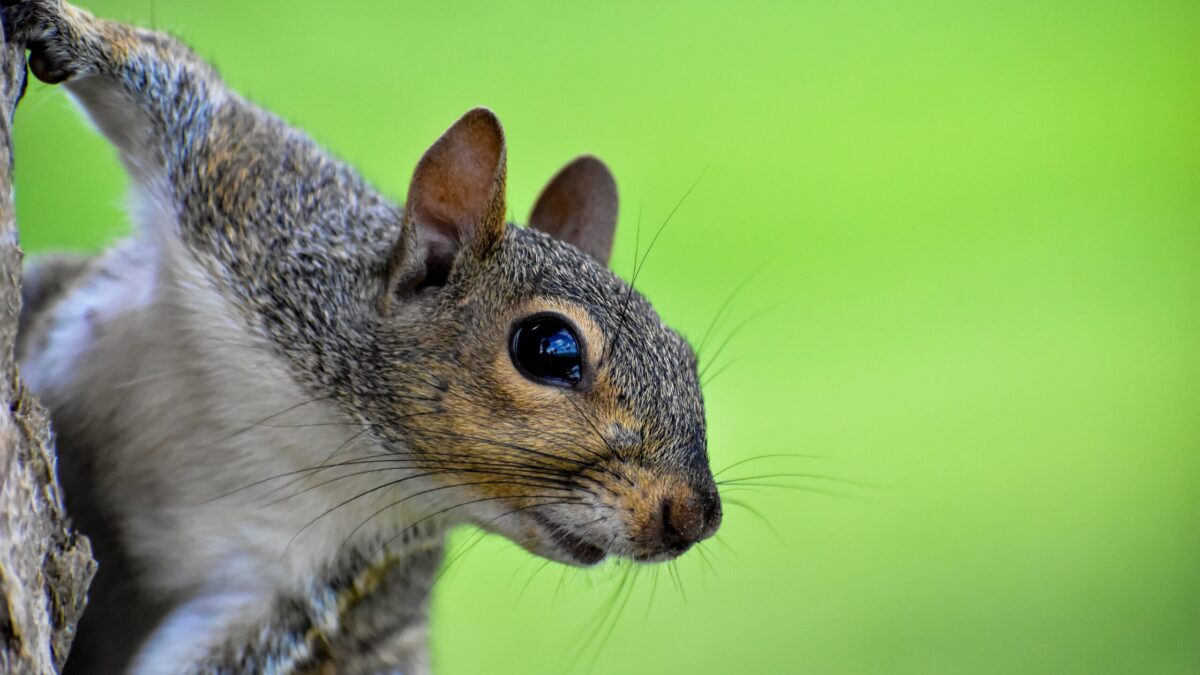
Gainesville’s tree-lined neighborhoods and mild winters make it a haven—not just for residents, but for squirrels too. While they may
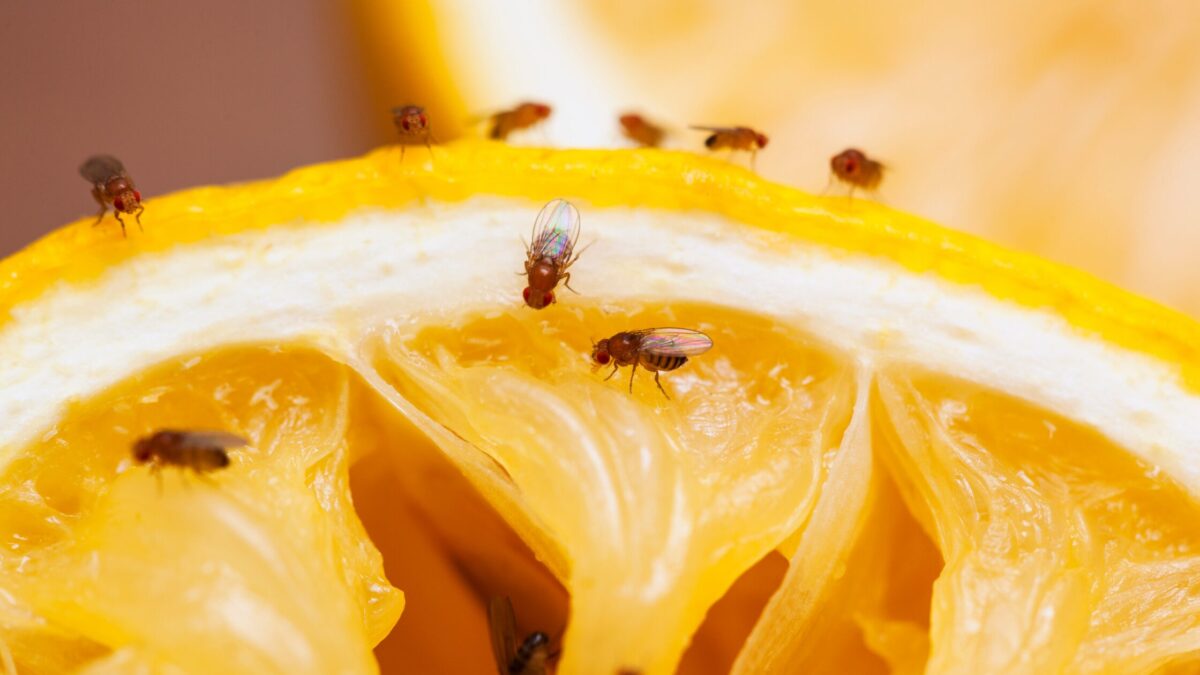
Nestled in Central Florida, Ocala’s pleasant climate is cherished by its residents—but it also sets the stage for an unwelcome
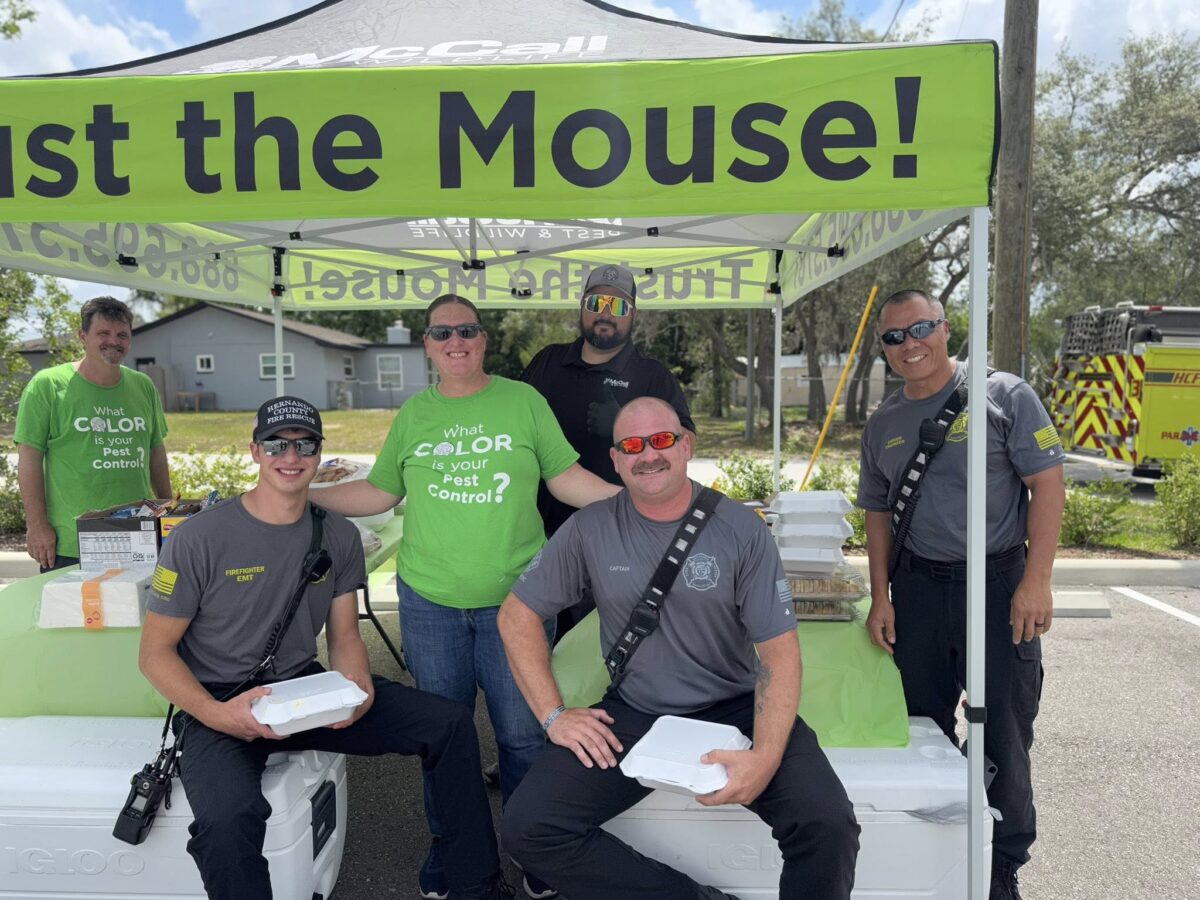
McCall teammates in Tampa, Florida, hosted a First Responder Cookout at Spring Hill Fire Station 5 on May 27, 2025.
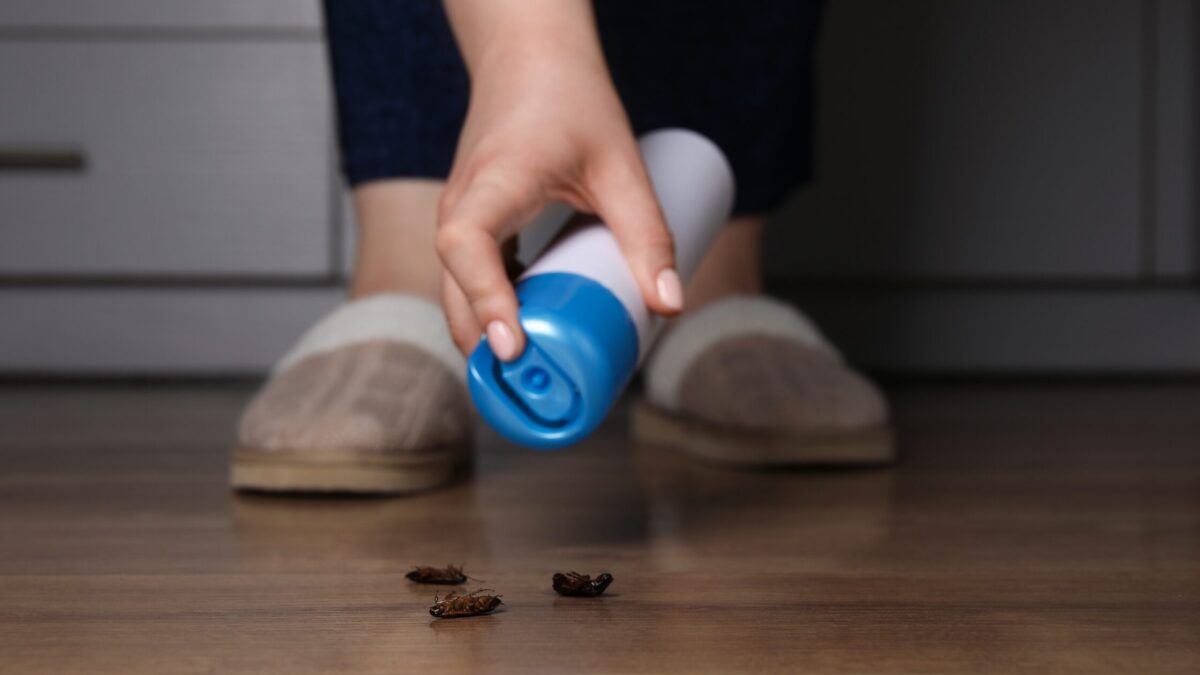
Florida’s warm, humid climate may be a paradise for residents, but it’s also a year-round haven for pests. Unlike colder
Family operated since 1928. Quality Pro Certified. Delivering pest management solutions to commercial and residential customers throughout Florida. Call McCall…We do It All!
Complete the form below and a
McCall Team member will be in touch.
"*" indicates required fields
Complete the form below and a
McCall Team member will be in touch.
"*" indicates required fields